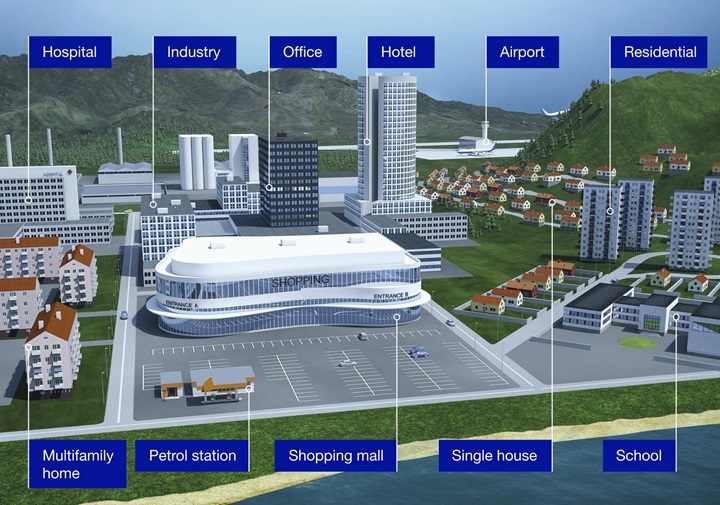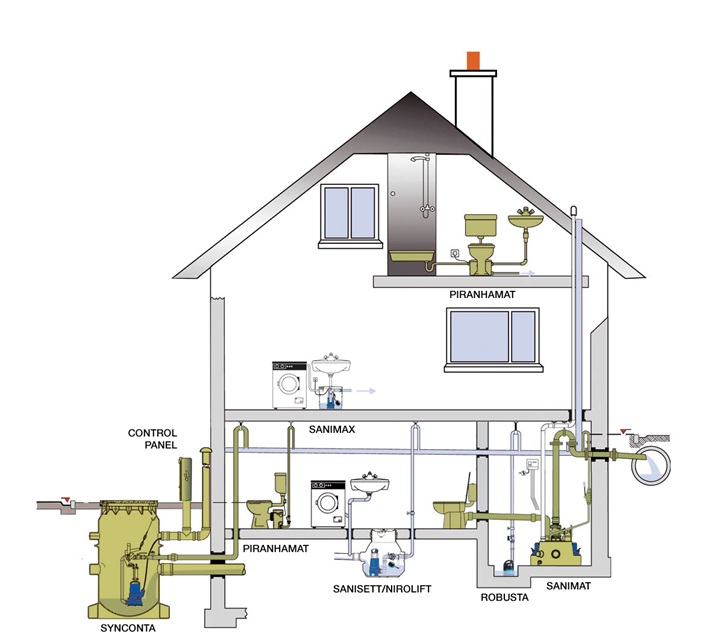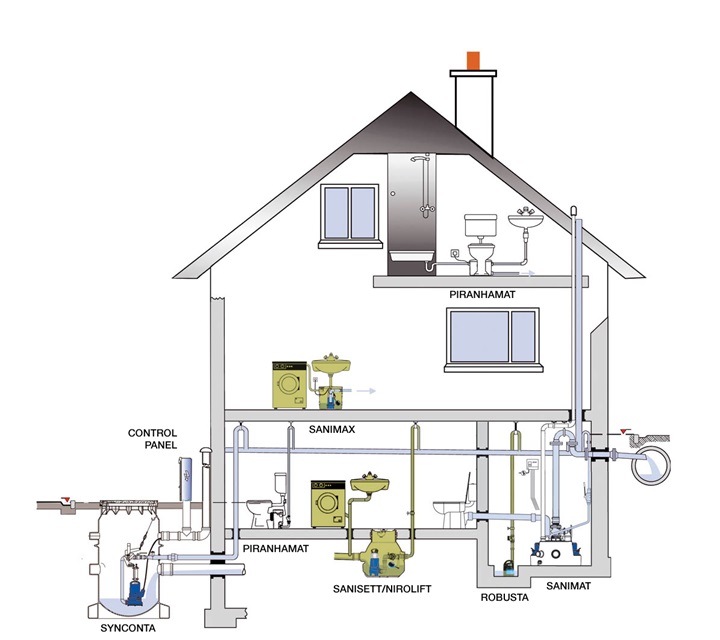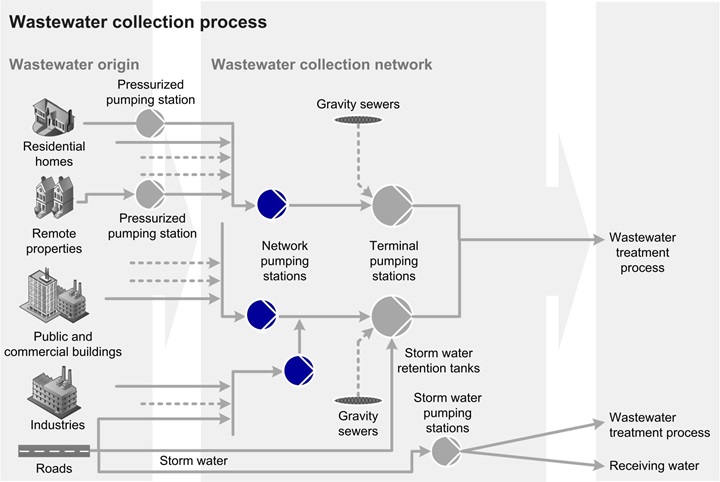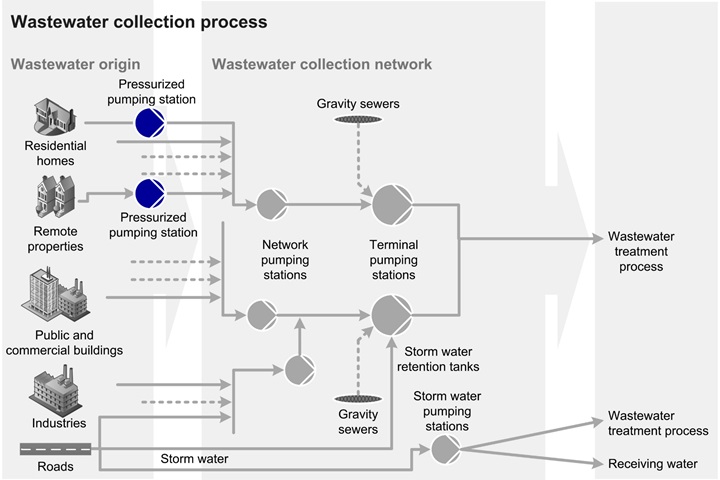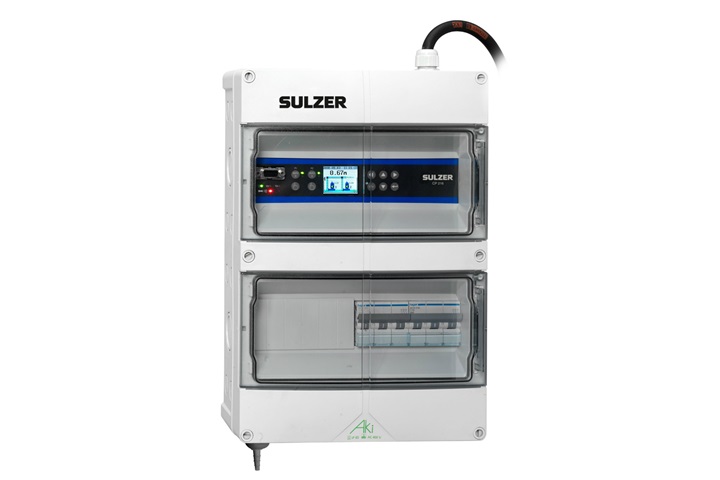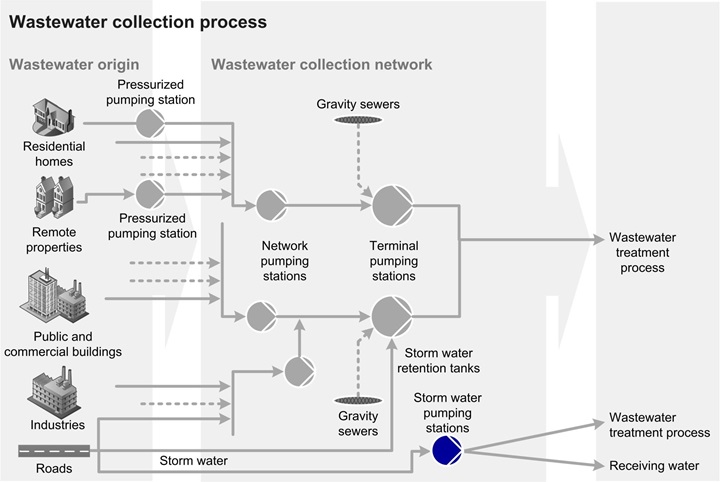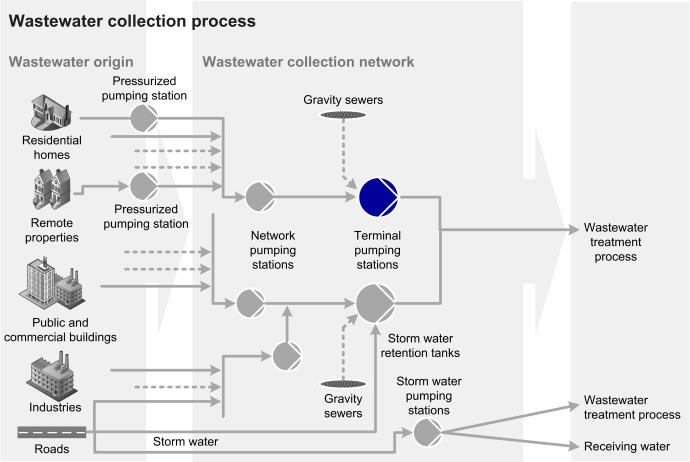Conductive level switch type ABS MD 131
Switch on and eliminate the risk of overflow
The MD 131 is a conductive level switch primarily used as an overflow switch in sewage pumping pits. The MD 131 can also be used in other applications where the conductivity of the medium is above 20 μS/cm.
Technical specifications
| Cable and body material | PVC |
| Dome material | PTFE |
| Material sensor rods | Stainless steel |
| Length | 500 mm |
| Diameter | 32 mm |
| Cable | 15 m |
